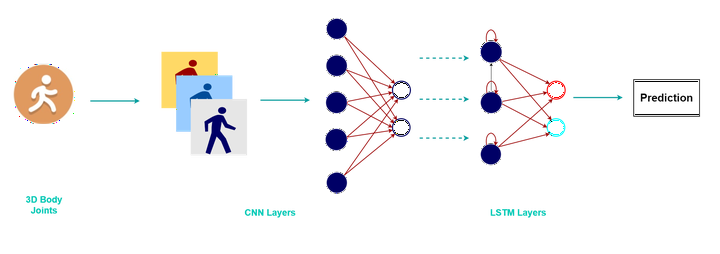Leveraging Deep Learning for Unobtrusive User Authentication: A Hybrid Approach
 Proposed hybrid classification system.
Proposed hybrid classification system.
Abstract
Behavioural biometrics offers a seamless way to verify identity by leveraging the unique, unobtrusive patterns of how we interact. Walking patterns or gait stands out in behavioural biometrics due to its minimal dependencies which makes it the best choice for contactless user authentication. However, gait is also vulnerable to impersonation attacks. This work addresses the limitations of gait-based authentication by proposing a novel hybrid deep-learning approach using 3D body joints. This eliminates the need for wearable sensors, enhancing user experience. The paper utilizes a public dataset of body joints captured via Kinect. The proposed model smartly leverages both spatial and temporal features of gait sequence and is capable of resisting impersonation attacks. This solution outperforms the existing methods of gait recognition and also discusses the impact of four key demographic factors on gait recognition, providing valuable insights into the security aspects of the proposed solution.